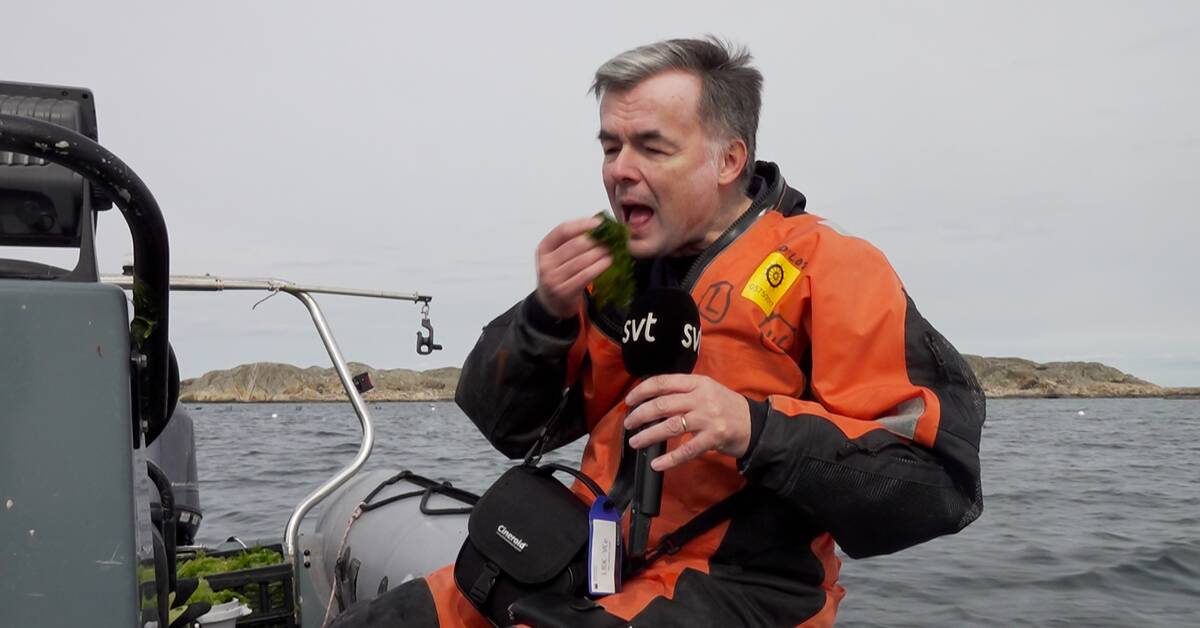The algae farms in Sweden's saltiest water outside Strömstad are managed by Tjärnö marine laboratory, which belongs to the University of Gothenburg.
Sophie Steinhagen from Germany works there and explains the benefits.
- Growing algae is the future.
They grow in water and we do not need to use any ecosystems on land that are often overexploited.
Algae do not need fertilizer, they grow from sunshine, they take up nutrients from the water and also clean the sea.
So algae is a very sustainable food, she says.
Wastewater increases protein content
Now research results also show that the algae grow very well in water from the various processes of the food industry.
These can include brine from herring barrels, pickling in herring jars, water from boiling shrimp.
And for the comparison also from the production of oat milk.
- We have seen that we can increase the protein content more than three times in the wastewater.
It is already noticeable after 14 days.
Then we will reach 30-35 percent at best, says Kristoffer Stedt, doctoral student in marine sciences at the University of Gothenburg.
Can reduce the cost of wastewater
A common protein crop today is the soybean.
But to make room for soybean crops, rainforest is sometimes sacrificed.
The algae alternative is a "growing opportunity," says Ingrid Undeland, professor of food science at Chalmers.
- Today, the residual water from seafood is a problem and a cost.
Protein from herring, for example, is lost and you have to pay to clean jars.
The algae take up the lost nutrients and we get them back.
The protein must increase
But the algae they tested to fertilize with residual water can not yet be called protein crops in the same way as soy or peas.
- What is available is good, but in order for it to be a regular source of protein, the content must go up.
The green algae wolf has 15-20 percent protein content when dry.
A soybean has maybe 40-50 percent, says Ingrid Undeland.

